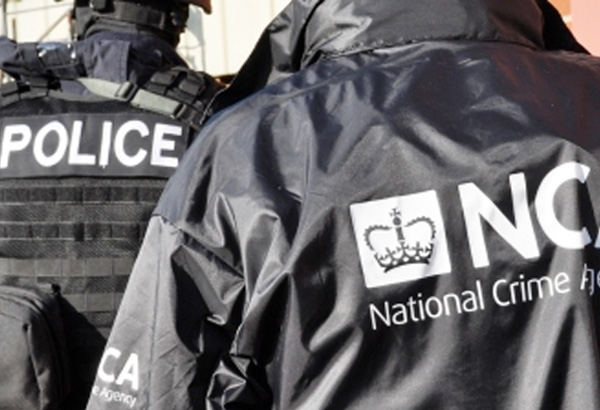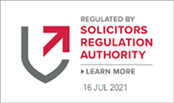
The Sentencing Council has the responsibility of developing and monitoring sentencing guidelines. The aim is to promote consistency in sentencing while maintaining the independence of the judiciary.
Following a consultation period, the Council has published sentencing guidelines for offences under the Modern Slavery Act 2015. The guidelines apply to adult offenders and cover the following four offences:
- holding someone in slavery (Section 1);
- human trafficking (Section 2);
- committing an offence with the intention of committing a human trafficking offence (section 4);
- breach of a slavery and trafficking prevention order, or a slavery and trafficking risk order (section 30).
The guidelines are to be introduced following an increasing number of cases coming before the court and are the first for these offences. The two principal offences in the Act are under sections 1 and 2; trafficking and slavery/forced labour are frequently sentenced together with the same factors taken into consideration. For this reason, one guideline has been produced to cover both offences, with the same culpability and harm factors and the same aggravating and mitigating factors.
The guidelines for these more serious offences provide for a sentence of up to 18 years imprisonment for offenders who played a leading role, with substantial financial advantage and who exposed victims to a high risk of death.
A sentence is reached following an assessment of culpability and harm; the level of culpability is given a category 1 to 4, and harm is listed as A, B or C. The two are then combined to provide a sentencing range and starting point. Aggravating and mitigating factors are relevant in placing the offence at the right level within that sentencing range.
The draft guidance was amended to include a reference in the levels of culpability to threats made to a victim's family, as well as the victim. Whether the offender had been a victim of trafficking, whether previously or in the same offending as charged, is also relevant. The culpability factors reflect an expectation of substantial financial gain, and material advantage is now included.
The assessment of harm is decided upon using a table provided in the guidelines. The assessment can be assisted by expert evidence based on factual evidence from the victim, including a victim impact statement. A close examination of all particular circumstances is required, and sentencers are not to assume that the absence of evidence from those trafficked means a lack of harm or seriousness.
The Council stated that courts are used to assessing harm with differing degrees of evidence. The guidance is focused on the central point that victims, even if not obviously traumatised, may not recognise their own victimhood or be able to offer positive evidence of it. A victim's apparent consent to their treatment is to be treated with caution.
Section 4 of the Act is committing an offence with the intention of committing a human trafficking offence which is punishable with a maximum of ten years' imprisonment. Those who replied to the consultation agreed with providing brief guidance on the approach to be taken on sentencing. This entails the sentence being commensurate with that of the primary offence, for example, kidnap or false imprisonment, with an enhancement of up to 2 years imprisonment, to reflect the intention to commit the human trafficking offence.
The offence under section 30, breach of an order, is also dealt with in the guideline by way of brief guidance. Sentencers are pointed to the guidelines for similar breaches, such as a breach of a criminal behaviour order or a sexual harm prevention order. The reasoning behind this is that breaches of the orders referred to carry the same maximum sentence and also refer to harm/risk of harm.
The Independent Anti-Slavery Commissioner responded to the consultation, pointing to the wider harms caused by modern slavery offences, such as economic harm, public safety and wider criminality. The Council did not believe there was a specific way to draw the sentencer's attention to the wider harms. Still, it did consider they were reflected in the higher starting points and sentencing levels set out in the guideline.
In addition to the offences covered in the guidelines, the Act provides for various orders to be made, such as reparation orders, slavery and trafficking risk and slavery and trafficking prevention orders. The guidelines have to be followed unless the judge or magistrate is satisfied that it is contrary to the interest of justice to do so.
The guidelines will come into effect on 1st October 2021.
How can Broadbents Solicitors help?
We ensure we keep up to date with any changes in legislation and case law so that we are always best placed to advise you properly. If you would like to discuss any aspect of your case, please contact our expert team here at Broadbents Solicitors.
We cover various fields of law, ensuring that you have access to expert legal advice. You can call our dedicated team today: Alfreton 01773 832 511, Derby 01332 369 090, Heanor 01773 769 891, or Sutton-in-Ashfield 01623 441 123. Alternatively, you can head over to our online enquiry form and we’ll be in touch.
[Image credit: National Crime Agency © Crown Copyright]




